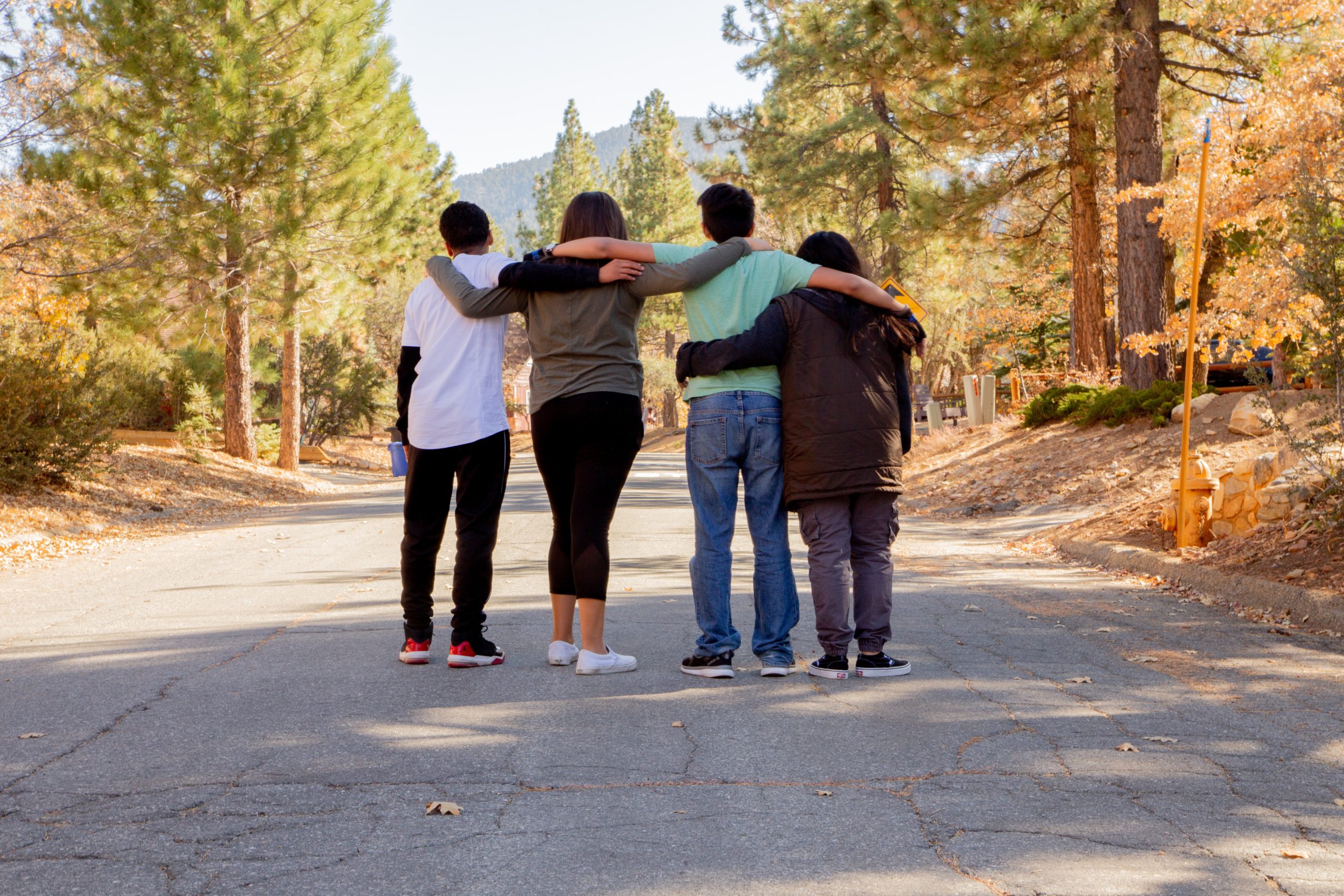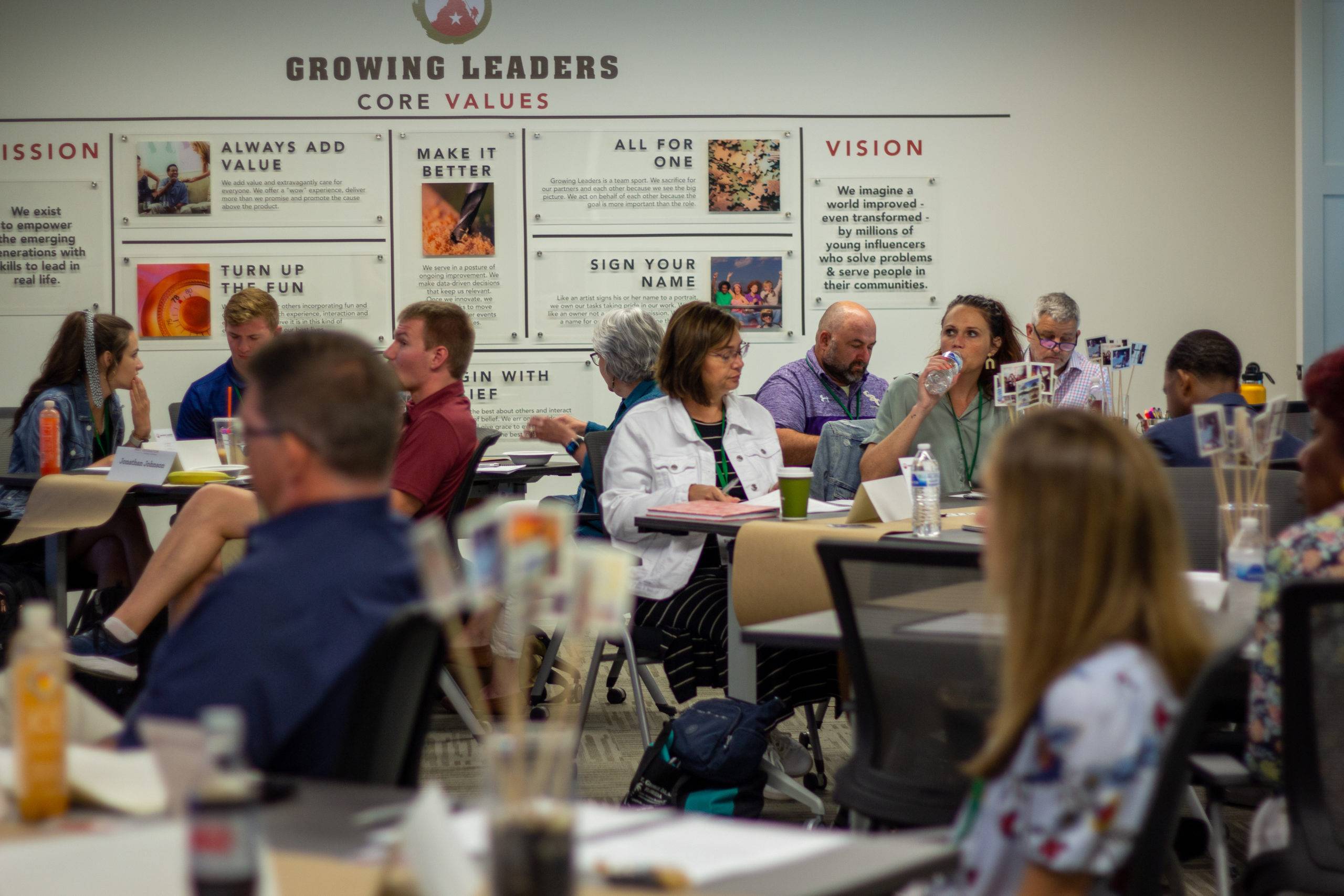
Helping Students Develop Career Readiness Skills
Critical thinking, adaptability, resilience, and innovation are just some of the necessary skills students need to succeed in college or their careers. Unfortunately, many students don’t develop them today. What if there was a straightforward way to teach students resilience, problem-solving, and other career readiness skills? That’s why we used the research conducted by the National Association of State Directors of Career Technical Education Consortium to design one of the Habitudes courses – Habitudes for Career Ready Students – to be used as a college and career readiness course.
Practical Lessons Plans
The Habitudes college and career readiness program, along with our career readiness lesson plans, uses image-based learning to help teachers engage with students. Each Habitude image introduces young adults to powerful leadership principles rooted in real life, sparking conversations with facilitators that lead to memorable experiences. These unique and transformative encounters are a part of an ongoing process that builds the leadership habits and attitudes that graduating students need for life beyond high school.
Habitudes for Career Ready Students helps teach students how to:
Habitudes Case Study:
Nebraska Department of Education
Watch how the Habitudes Career Readiness program has helped prepare students throughout the state of Nebraska.

Freshmen courses and programs
After-school programs
Senior capstone courses
What’s Included in Habitudes
Our college and career readiness curriculum includes access to the following resources:
Flexible Lesson Plans
Teaching Videos
Slide Decks
Group Activities
Posters
Student Worksheets


Results Schools Have Seen While Using Habitudes
The following results have been reported by schools who have used Habitudes:
300% Increase in Student Leadership Team
45% increase in community service hours per students
400% increase in student-initiated clubs
11% decrease in disciplinary incidents
400% increase in student-initiated clubs
Take the Next Step
FILL OUT THE FORM BELOW TO HAVE ONE OF OUR TEAM MEMBERS CONNECT WITH YOU.
SCHEDULE TIME TO SIT DOWN WITH ONE OF OUR IMPLEMENTATION GUIDES TO EXPLORE HOW HABITUDES COULD FIT ON YOUR CAMPUS AND HELP YOU REACH YOUR GOALS.
WITH HABITUDES, YOU WILL BE EQUIPPED TO:
- Empower your teachers with easy-to-implement conversations that students will love.
- Build a culture of leadership, ownership, and resilience on your campus.
- Meet your state or district-level requirements for student soft-skill development.
Explore Other Habitudes Programs
Growing Leaders offers multiple specialized programs for teaching middle and high school students valuable life skills. The practical lesson plans of our character education program teach character development in a way that is relevant and engaging for today’s students. Our social-emotional learning (SEL) curriculum offers more specific guidance for teaching social and emotional skills. Develop critical leadership skills with the high school leadership program for students already exhibiting an interest in leadership, like those in student government, student ambassadors, and other leadership clubs.










